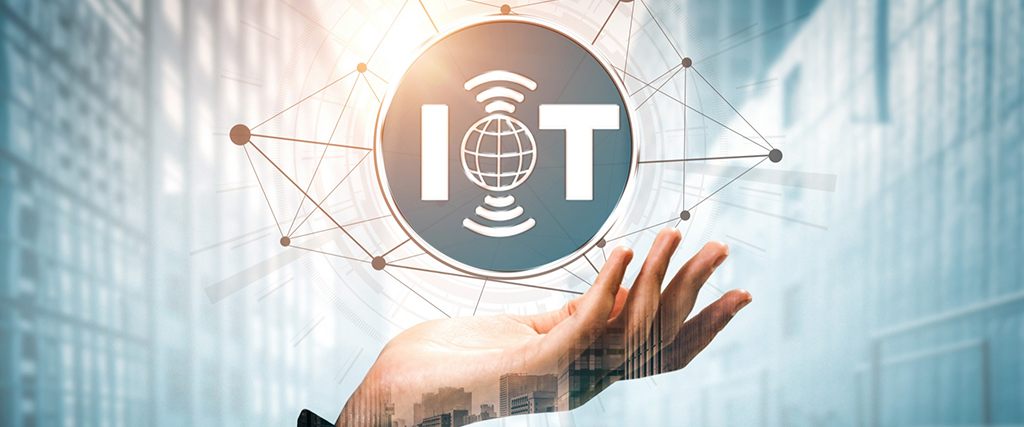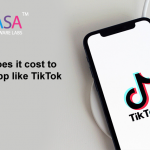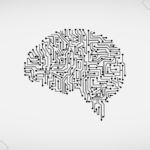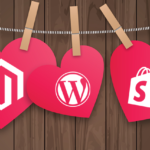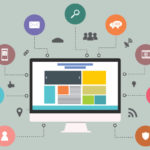Internet of Things Use Cases: Assume you’re traveling to a nearby town for a conference.
While driving, a notice appeared on your device’s screen warning you that the amount of gasoline in your tank is running low.
When another message appeared on your smartphone device, offering the data of a nearby petrol station, you were perplexed as to what was going on.
Are you confused as to how that is possible? It is, after all, a real-life example of IoT.
Are you unsure what the Internet of Things (IoT) is? In this blog, we’ll go through it in-depth, starting with some fascinating facts.
What exactly is the Internet of Things Use Cases and how does it function?
The Internet of Things (IoT), sometimes known as the Internet of Everything (IoE), is a network of interconnected computing devices, digital machines, and things that can exchange data in real-time with minimal human interaction.
Coffee makers, washing machines, music systems, TVs, wearables, and other electronic devices that can connect with each other utilizing Machine-to-Machine (M2M) communication are examples of these items.
While we were talking about what IoT is and what IoT devices are, here are some statistics that illustrate how the IoT market is growing:
By 2022, it is expected that 100% of the population will have access to LPWAN.
There will be more than 75.4 billion Internet of Things devices on the planet by 2025.
Because of the cost savings, 54 percent of businesses engaged in IoT app development.
In 2019, the worldwide internet of things data market was valued at USD 250.72 billion, with a CAGR of 24.9 percent estimated to reach USD 1,463.19 billion by 2027.
By the end of 2021, 94 percent of enterprises will have implemented some type of IoT.
88 percent of current IoT business adopters say IoT is crucial to their company’s success.
Let’s look at how the internet of things works and the IoT operating principle now that we’ve seen what IoT devices are and the future possibilities of upcoming IoT technologies and concepts.
How Does the Internet of Things Work?
When discussing how the Internet of Things works, the process starts with devices that have built-in sensors.
These devices are linked to IoT platforms, which collect data from all of the connected devices and store it.
The vital information is then used to carry out tasks that meet people’s wants.
When we say data is saved on IoT systems, we don’t always suggest that all of the data is useful.
Only the info necessary to carry out an action is carefully selected by devices.
Patterns, recommendations, and problems can be detected using this data before they arise.
This is how an Internet of Things Use Cases application interacts with smart systems that automate processes to meet specific requirements.
The IoT Ecosystem’s Major Components
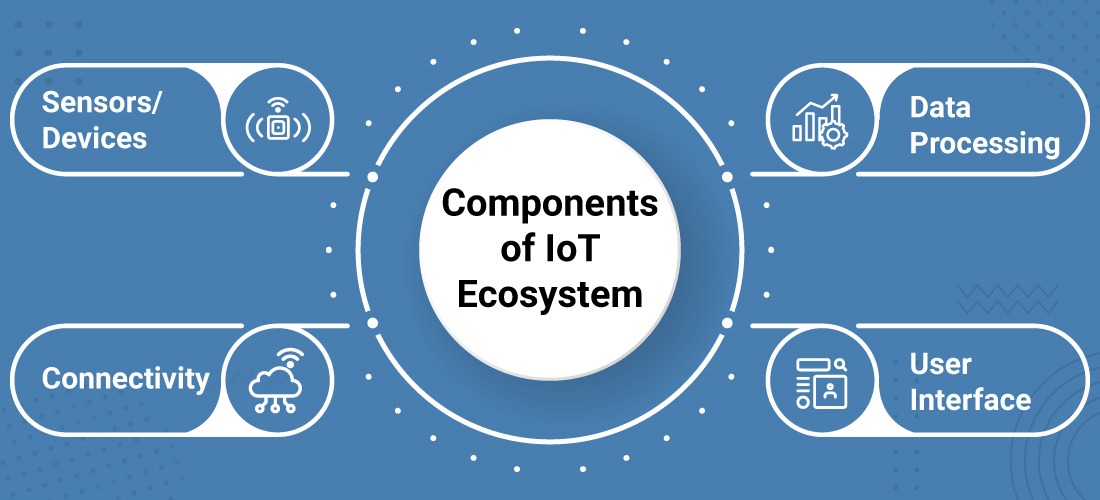
1. Devices/Sensors
Sensors and devices are the most important aspect of the Internet of Things technology to consider.
A sensor detects all of the minute information in its surroundings. There are various intricacies in the environment.
These sensors, which detect even the tiniest changes, are what make IoT security so wonderful.
2. Connectedness – Internet of Things Use Cases
The obtained data is then sent to the cloud infrastructure (also known as IoT platforms).
However, the gadgets will require a medium to transfer the data. That’s when Bluetooth, Wi-Fi, WAN, cellular networks, and other connections come into action.
These mediums are all unique and must be chosen carefully to achieve the greatest results.
3. Data Preparation
After arriving at the cloud infrastructure, the data must be analyzed in order to take the appropriate action.
This process, however, is regarded as one of the most significant roadblocks to IoT app development.
The analysis can be as basic as checking the temperature of the air conditioner or as complex as a case in which an intruder enters and the gadget must identify him using cameras.
What are the Internet of Things Use Cases for Businesses?
Purchasing Real Estate
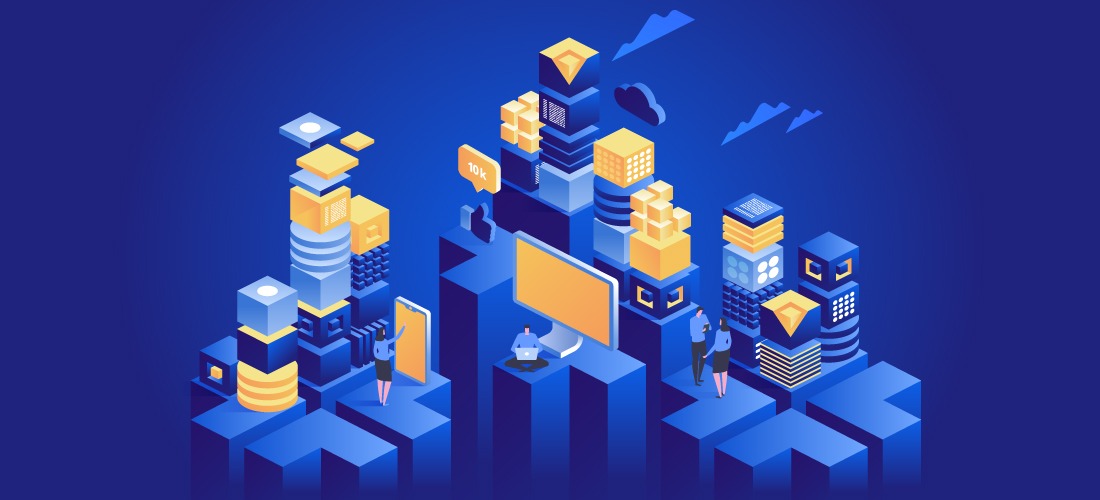
IoT is also transforming the real estate market by speeding up decision-making, providing more energy-efficient solutions, and making space smart, among other things.
The retail sector
Retail is another industry that is benefiting from a plethora of chances and facilities as a result of learning what Internet of Things technology is and how to use it in their procedures.
The industry is finding it easier to give personalized experiences to its user base, automate checkout procedures, execute maintenance with ease, and more, thanks to what we call the Internet of Things apps.
Internet of Things Use Cases in Healthcare
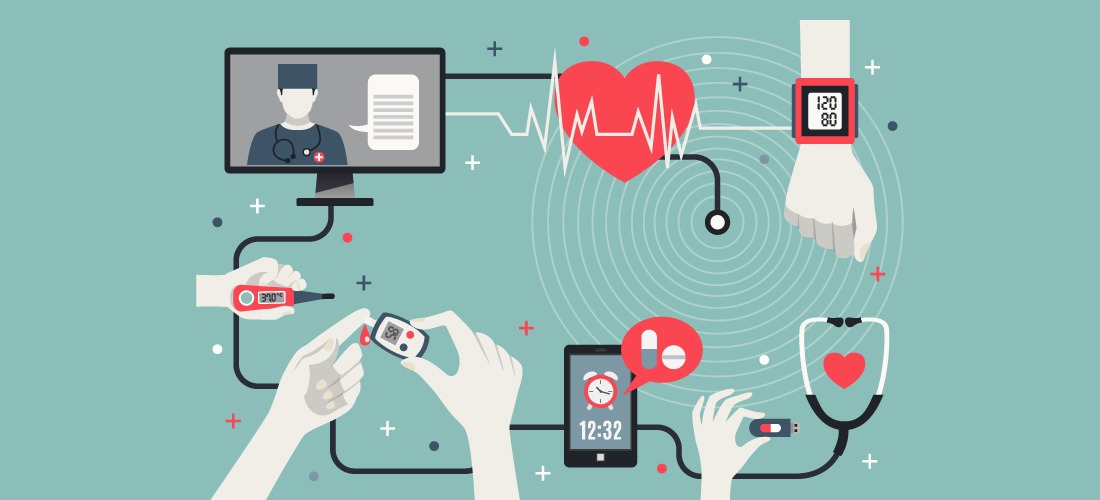
For medical specialists and patients, the Internet of Things (IoT) has opened up new avenues of possibility.
The goal of internet of things data is to allow clinicians to access patient medical data in real-time, store it in the cloud, and share it with others.
It also reduces wait times, aids in the availability of hardware and equipment, and streamlines the process of identifying chronic diseases and taking the appropriate steps to decrease the risk.
Wrap Up
As described in this article, the Internet of Things Use Cases has a bright future ahead of it.
It has a broader use in practically every business sector.
The Internet of Things ecosystem connects vendors and businesses, making solution planning for an efficient, dependable, and secure IoT system straightforward.
However, if you still have questions about how the Internet of Things works, what IoT devices are, or how to develop an IoT-based solution for your company, contact our IoT mobility specialists immediately at Yugasa.
Read More: INTERNET OF THINGS (IOT): LEADING THE MARKET TOWARDS SUCCESS


